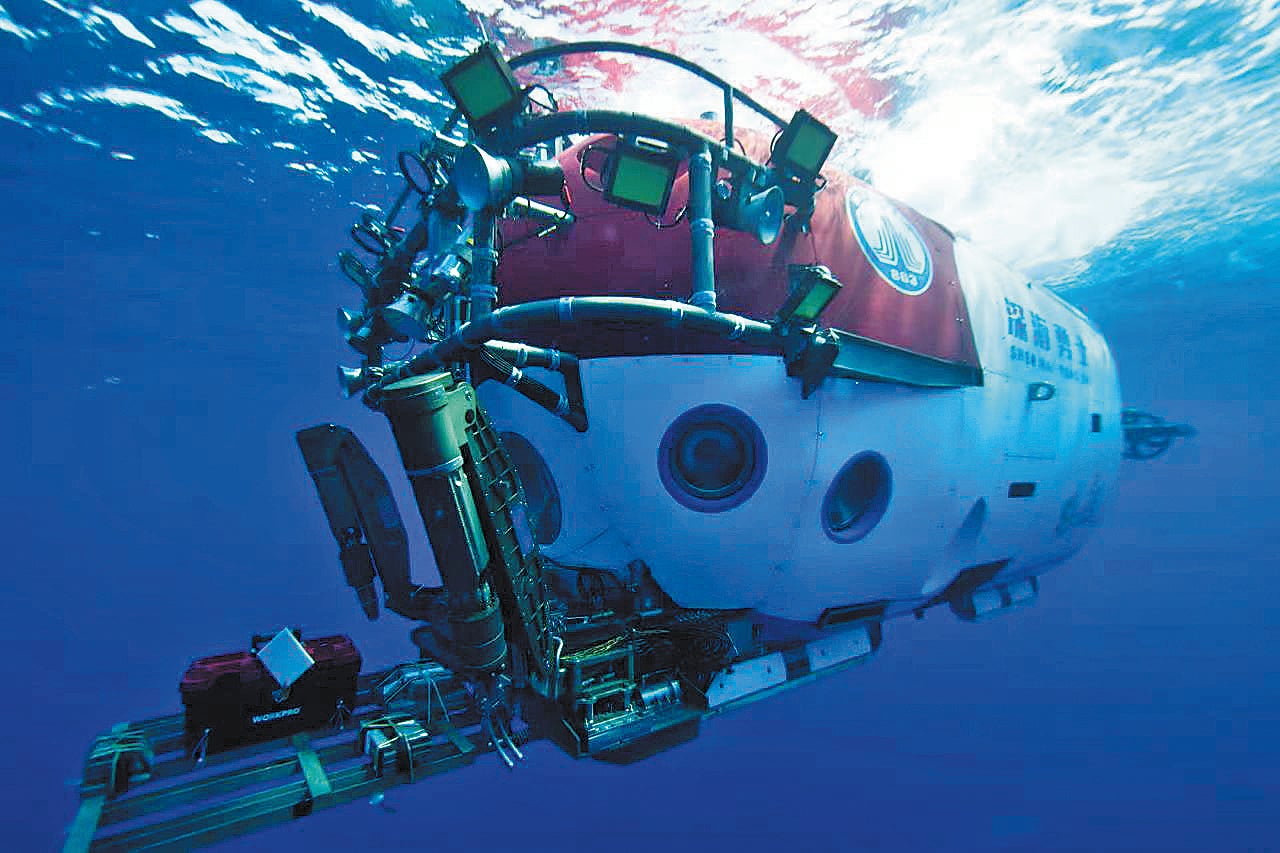Shipwrecks filled with relics found in deep sea
THE ARTICLES ON THESE PAGES ARE PRODUCED BY CHINA DAILY, WHICH TAKES SOLE RESPONSIBILITY FOR THE CONTENTS

Two ancient shipwrecks, probably dating back to the middle of the Ming Dynasty (1368-1644), have been found at a depth of 4,900 feet in the South China Sea, the National Cultural Heritage Administration announced on May 21, 2023, in the coastal city of Sanya, Hainan province.
A scientific research team from the Chinese Academy of Sciences’ Institute of Deep-Sea Science and Engineering discovered the shipwrecks on a continental slope in October, 2022. It was the first time that China had found such an expansive ancient shipwreck site so deep under the sea.
The shipwrecks have been named by researchers as “Northwest Continental Slope No 1 and No 2 Shipwrecks in the South China Sea”.
According to Yan Yalin, director of the National Cultural Heritage Administration’s archaeology department, preliminary investigation showed that relics from the No 1 shipwreck were scattered over an area of around 107,940 sq ft.
It is estimated that more than 100,000 cultural relics – mainly porcelain items – are lying concealed at the spot, as most of the ship is still buried in sand, and some of its exposed parts are buried by up to 10ft of relics.
On board the No 2 shipwreck, which is about 12.4 miles from the No 1 shipwreck, several processed logs of wood were found, along with a small number of ceramic items.
Based on the study of some porcelain relics that were salvaged from the site, the No 1 shipwreck probably dates back to the reign of Emperor Zhengde (1506-21) and the No 2 to the reign of Emperor Hongzhi (1488-1505).
“The well-preserved relics are of high historical, scientific and artistic value. It may be a world-class archaeological discovery in the deep sea,” Yan said.
“The findings are key evidence of the ancient Maritime Silk Road, and a major breakthrough for historical study in Chinese overseas trade, navigation and porcelain products,” he added.
Items from Jingdezhen, Jiangxi province, and the Longquan Kiln in present-day Zhejiang province – both key porcelain production and export hubs in ancient China – dominated the relics discovered near the No 1 shipwreck.
According to a video clip made public by the research team, a wide variety of items including blue-and-white porcelain, pieces of celadon pottery and green glazed ceramic wares were found at the site.
Archaeologists said that the logs found on the No 2 shipwreck indicate the nature of import trade at the time, as timber has been recorded as an imported item in ancient Chinese documents.
Tang Wei, director of the National Centre for Archaeology, said the new discoveries will provide key references for understanding the historical changes in trade routes across the South China Sea.
“Discovery of inbound and outbound ancient ships in the same area demonstrates the significance of the route. It helps us study the Maritime Silk Road’s reciprocal flow,” Tang said.
The first round of investigation into the two ancient shipwrecks was officially launched on May 20 and will continue through June.
The exact coordinates of the shipwrecks have not been released in order to protect the relics, but a metal surveying marker was set on the seabed on May 20 near the No 1 shipwreck to facilitate future research, Yan said.
The research is being conducted by about 30 experts from the National Centre for Archaeology, the Institute of Deep-sea Science and Engineering, and the China (Hainan) Museum of the South China Sea.
The submersible Shenhai Yongshi, or Deep Sea Warrior, carried by China’s scientific research vessel Tansuo 1, took researchers underwater for the exploration on May 20.
Advanced technological approaches, including soft robotics inspired by bionics and material science, were employed during the operation to salvage some of the relics from the shipwreck sites. New methods of scanning, photography and monitoring were also used.
Subscribe to Independent Premium to bookmark this article
Want to bookmark your favourite articles and stories to read or reference later? Start your Independent Premium subscription today.